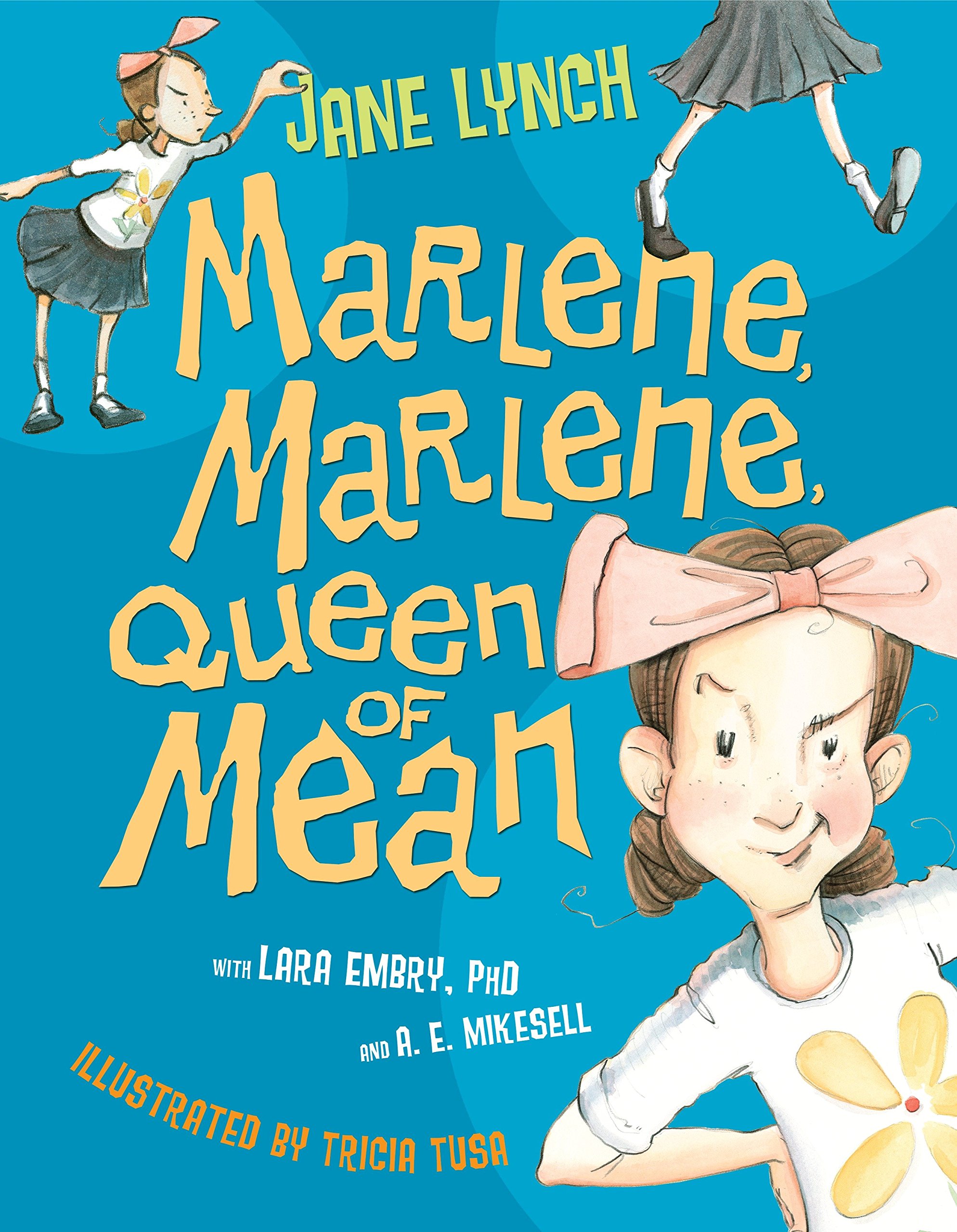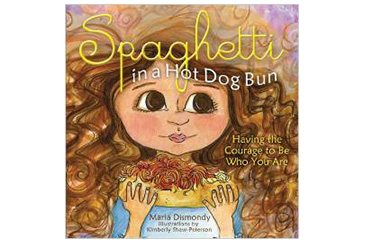
Lynch, Jane/ Tusa Tricia (ILT). Marlene, Marlene, Queen of Mean. Random House Childrens Books, 2014.
Genre: Fiction
Lexile: 850LL
More info: https://shop.scholastic.com/parent-ecommerce/books/marlene-marlene-queen-of-mean-9780385379083.html
Summary: Marlene is the queen of the playground and the school, or at least she thinks so. She bully's kids and is mean to everyone. One day Big Freddy builds up the courage and decides to stand up to Marlene. He speaks up and says what his classmates are too fearful to say to her.
Target Audience: Pre-k through 3rd grade. This would be a great book to read aloud to younger students.
Evaluation: I love this book and the illustrations in it. It is so well written and has a great underlying theme of standing up for what is right. The theme of this story also aligns with Donna Norton's standards in our textbook. The theme is important, applicable and meaningful for students in their every day life. I think this would be a great book to read aloud to the class and start a group discussion about what bullying is and how we can stand up for ourselves.
Reader response activity: For this activity I would have the students brainstorm words to describe Marlene. I would make a poster board with all of their words on it and then we could discuss how these are words to describe a bully, NOT a kind person. Then I would have the students write in their journals ways that they are not bully's. I would have them focus on writing about how they show kindness to others.






